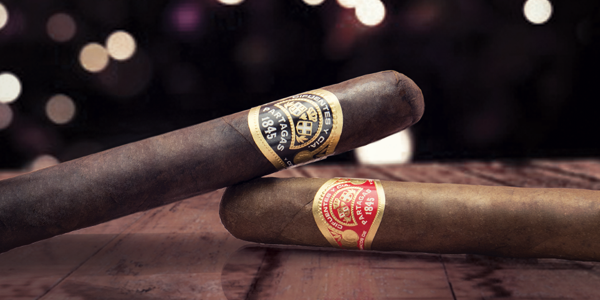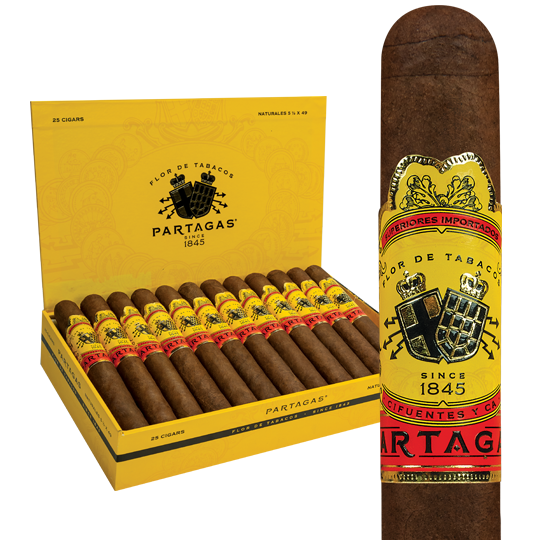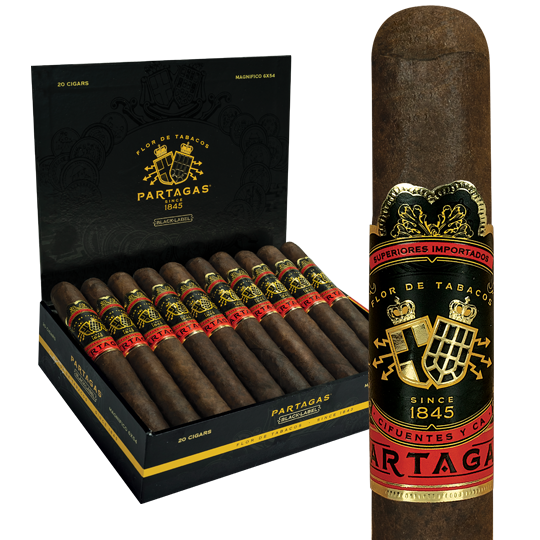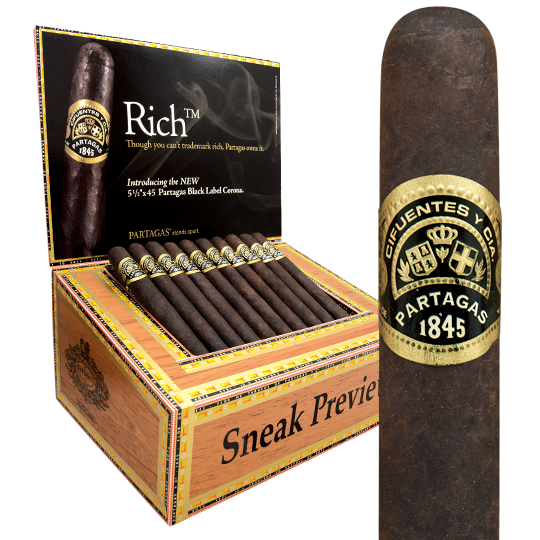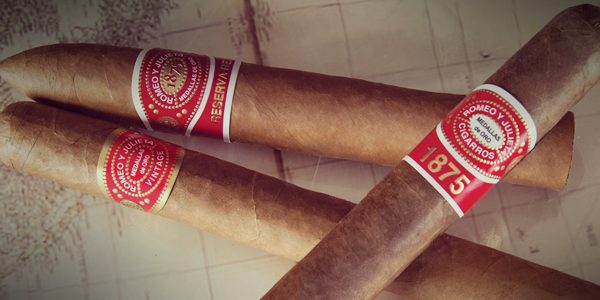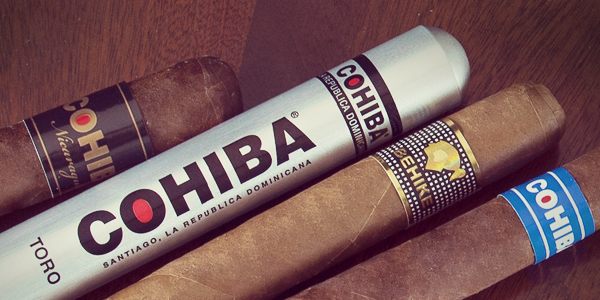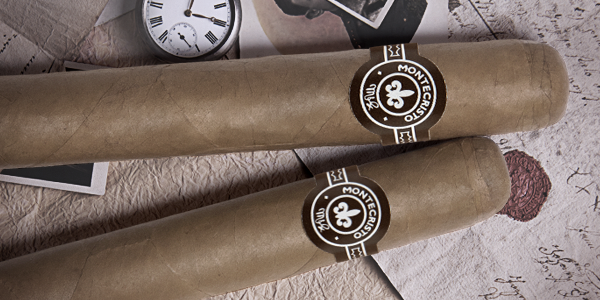Partagas Cigar History
If you are a veteran cigar lover, you have probably smoked a Partagás. Maybe a Cuban one. If you have, and if it was one that was well-made, you can likely count it as a sublime smoking experience.
Partagás has a rich history as one of the oldest Cuban cigar brands, founded in 1845 by an immigrant from Catalonia, Spain, Don Jaime Partagás y Ravelo. Partagás built his factory in Havana, but not before spending years buying as many of the best tobacco plantations he could in Vuelta Abajo, Pinar del Rio, Cuba’s western tobacco-growing province. Don Jaime had a knack for blending and fermentation and is reputed to be the first to hire a lector, a reader, to keep his workers entertained during cigar rolling.
In 1868, Don Jaime was murdered on one of his plantations. The killer believed his wife and the cigar-maker were having a romantic affair. That left control of the business to Don Jaime’s son, Jose, who sold shortly thereafter to a banker, Jose Bances. Bances, not knowing the cigar business, brought in a partner, another Spaniard named Ramón Cifuentes Llano.
A year later, Cifuentes took over the business entirely and later bought up tobacco fields.
In addition to the Partagás brand, the company also acquired rights to Ramón Allones, and later, with Cifuentes’ sons running the enterprise, Bolivar and La Gloria Cubana. By 1958, Partagás was second only to H. Upmann in exports of Cuban cigars.
The Cuban Revolution
Two years later, everything changed. The revolutionary government of Fidel Castro seized 16 cigar factories, Partagás among them.
"They came inside and said, 'We're here to intervene the company,' Ramón Cifuentes Toriello, the son, told Cigar Aficionado in 1991. "And they didn't allow me to take anything from there."
Since 1960, Partagás has been under the control of the Cuban government. And that’s when things got interesting.
Like so many other Cuban cigar brands, Partagás found a new life outside of Cuba. Ramón Cifuentes Toriello had been offered the job of running the new state-owned cigar monopoly, but left Cuba, moving to the United States and found work in the cigar industry.
Where Are Partagas Cigars Made?
In 1978, with the General Cigar Company, Cifuentes Toriello relaunched Partagás and Bolivar as non-Cuban brands. The cigars were initially made in Jamaica before moving to the Dominican Republic (DR), in Santiago.
What Is a Partagas Cigar?
Today you can find both Dominican and Cuban versions of Partagás cigars. While the brand’s reputation is founded on its lengthy Cuban history, Partagás is iconic, but perhaps a bit less renowned than other Cuban-legacy brands like Montecristo and Romeo y Julieta. Non-Cuban Partagás cigars were popular during the Cigar Boom of the 1990s but have become somewhat lost in the shuffle as more complex and stronger cigars have entered the market.
However, if you get a well-constructed Cuban Partagás, especially the iconic Serie D No. 4, a Robusto that is 4 7/8 x 50, you might be in for a great treat, but over the years the construction of these cigars has been spotty and the medium-bodied profile is sometimes assaulted by a harsh burn.
At upwards of $25 a stick in London, that’s a pricy risk. The Cuban Partagás Lusitania, a Double Corona, 7 5/8 x 49, has fared better in recent tastings, as has the P No. 2, a Torpedo, 6 1/8 x 52. All the vitolas are medium in body and notes of leather and wood. Most recently, the best one I sampled was the E No. 2, a fat 5 1/2 x 54. It’s a lot of cigar and sells for about $40 in London.
A similarly sized (5.5 x 50) Robusto is made in the DR and has a little bit of spice along with woody and almond notes. This is the Naturales. The most popular Dominican Partagás is probably the #1, 6.75 x 43, a Lonsdale with a Cameroon wrapper that packs in the flavor and complexity with a slight floral finish. It sells for about $8.
If you like stronger smokes, you really need to try the Partagás Black Label Piramide, 6 x 60. A Connecticut Broadleaf wrapper that is nearly black contains Dominican and Nicaraguan filler to deliver a consistent, full-bodied result with significant salty and sweet detours. Also about $8. Did I mention it’s strong?
The Cuban and Dominican Partagás cigars have similar bands, except for the red-banded series Cubans. On the red and gold band the word ‘Habana’ is replaced by ‘1845’ on the Dominican cigars. The great advantage these days, if you’re willing to shell out some big bucks for the Cubans, is that you can do side-by-side tastings of the two Partagás cigars.
One final note. If you happen to visit Cuba, you’ll no doubt want to visit the old Partagás factory on the edge of Old Havana. The main cigar production has been moved, but the old place still has a shop and the bones of history and, some say, the ghost of Don Jaime Partagás keeping an eye out.

